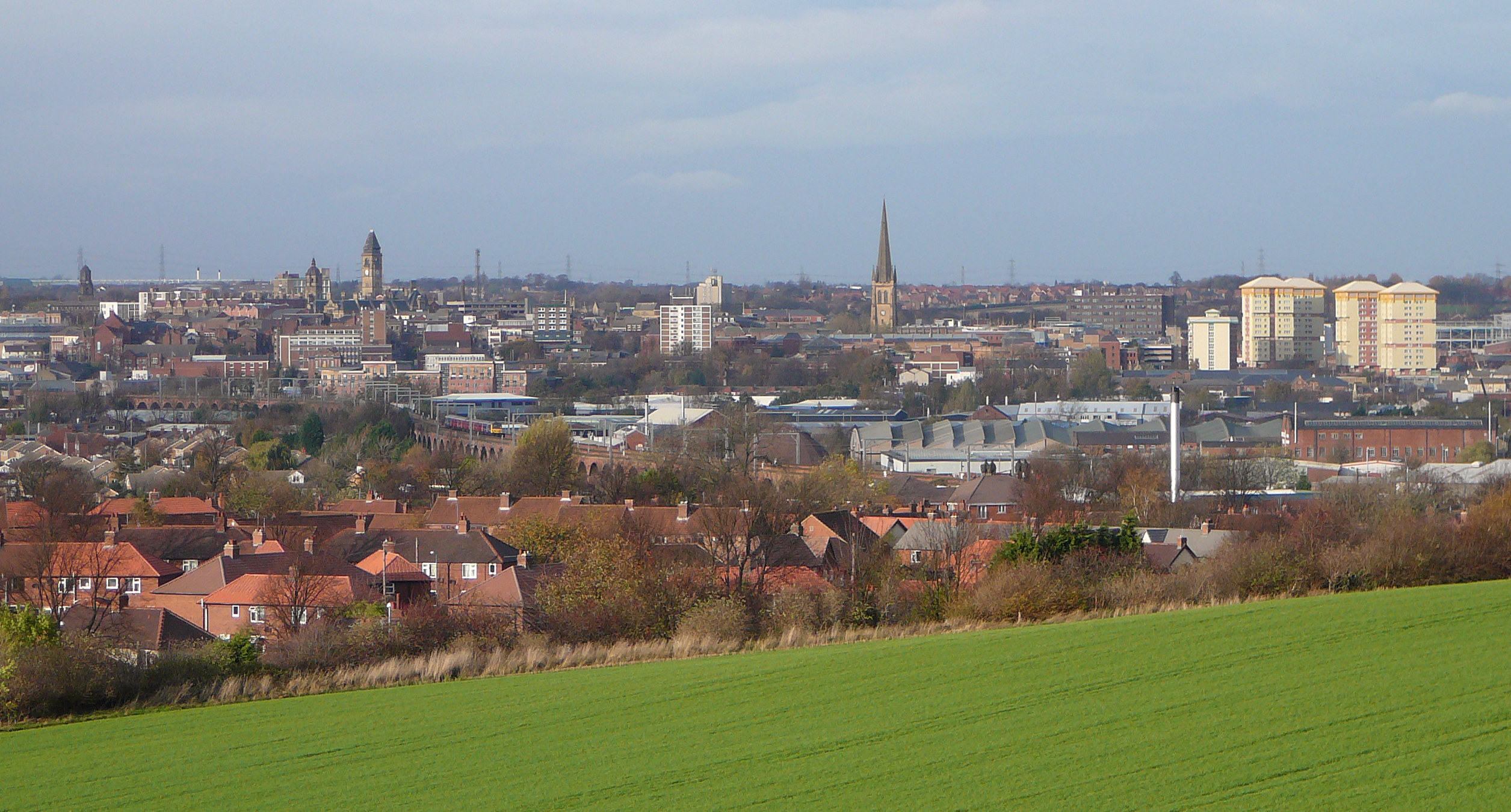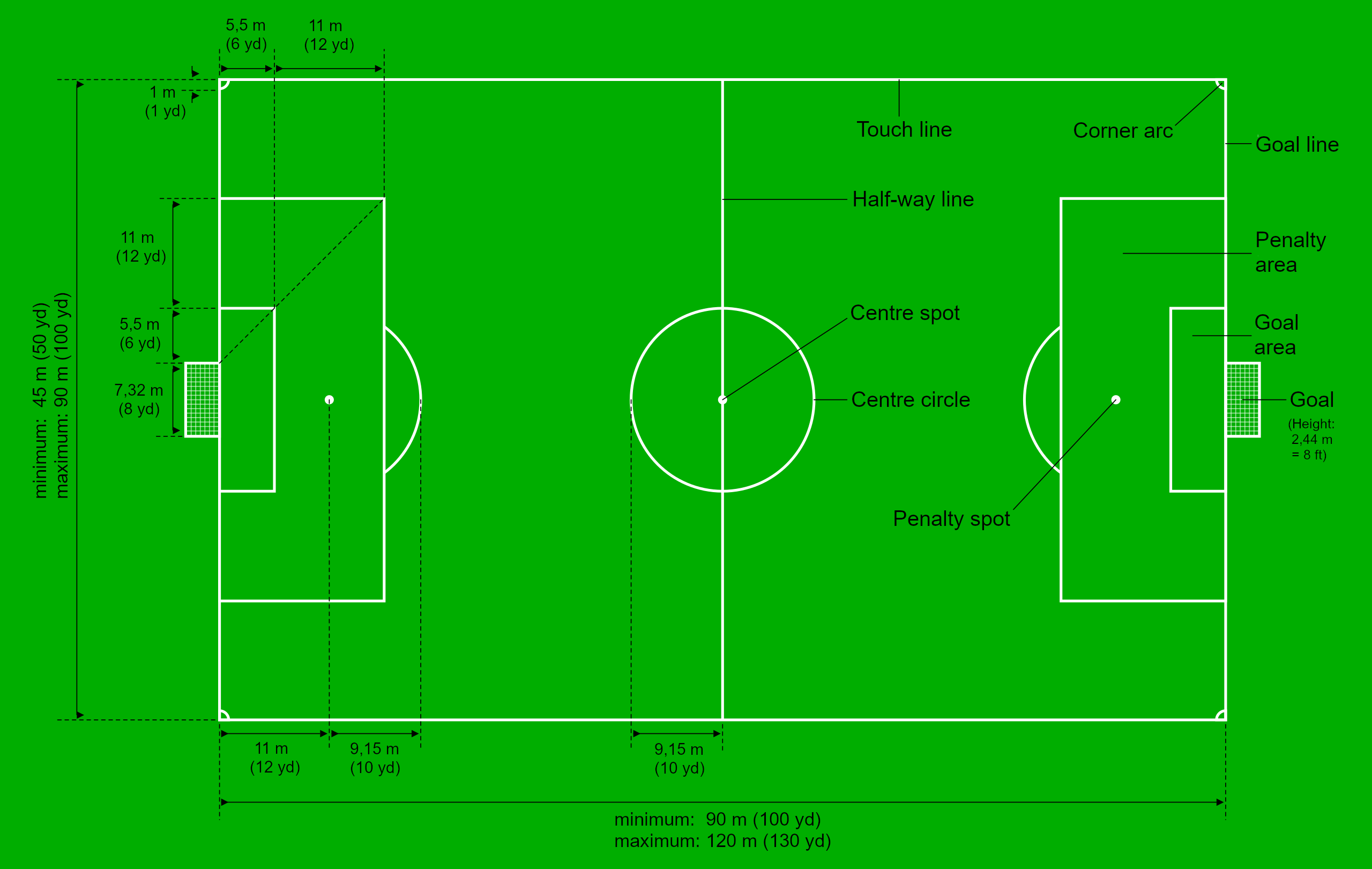|
Wrenthorpe
Wrenthorpe is a village north-west of Wakefield, in West Yorkshire, England. It is located in the Rhubarb Triangle. History Although earlier remains, such as Roman coins and pottery, have been found in the area, the current settlement dates from after the ''Domesday Books compilation in 1086. Pottery has played an important role in Wrenthorpe's history, building from the presence of a few potters in the 15th century, to a thriving cottage industry that peaked in the 17th century, before declining over the course of the 18th. Such was the scale of pottery production, the village became known as "Potovens," attributed to the kilns used to fire finished pottery. Reminders of this heritage can be found in local names, such as "Potovens Lane" and the remains of pottery and clay tobacco pipes that can be found in the soil. As the potteries declined, coal mining, already present on a smaller scale providing fuel for the potters' kilns, expanded to meet the needs of the Industrial R ... [...More Info...] [...Related Items...] OR: [Wikipedia] [Google] [Baidu] |
Silcoates School
Silcoates School is a co-educational independent school in the village of Wrenthorpe near Wakefield, England. The school was founded in 1820 as the Northern Congregational School at Silcoates House, for the board and education of the sons of Nonconformist clergy, and was situated close to Ossett and Horbury, each of which had unusually large Nonconformist populations. It was a boys' boarding school until 1995, receiving pupils from around the world. Girls were admitted into the sixth form from 1976, with female boarders accommodated in the Coach House. The school now exists as a co-educational day school with a campus on the border between the villages of Wrenthorpe and Alverthorpe. Silcoates School is made up of three separate, but closely linked, sections: a Senior School for boys and girls aged 11 to 18 (Year 7 to the Upper Sixth Form); a Junior School for boys and girls aged 4 to 11 (Year 1 to Year 6); and Pre-School for boys and girls aged 3 to 4. [...More Info...] [...Related Items...] OR: [Wikipedia] [Google] [Baidu] |
City Of Wakefield
The City of Wakefield is a local government district with the status of a city and metropolitan borough in West Yorkshire, England. Wakefield, the largest settlement, is the administrative centre of the district. The population of the City of Wakefield at the 2011 Census was 325,837. The district includes the ''Five Towns'' of Normanton, Pontefract, Featherstone, Castleford and Knottingley. Other towns include Ossett, Horbury, Hemsworth, South Kirkby and Moorthorpe and South Elmsall. The city and district are governed by Wakefield Metropolitan District Council from headquarters in County Hall. In 2010, Wakefield was named as the UK's third most musical city by PRS for Music. Economy The economic and physical condition of several of the former mining towns and villages in Wakefield District have started to improve due to the booming economy of Leeds – and an increase in numbers of commuters to the city from the sub-region – and a recognition of undeveloped assets. For i ... [...More Info...] [...Related Items...] OR: [Wikipedia] [Google] [Baidu] |
Wakefield
Wakefield is a cathedral city in West Yorkshire, England located on the River Calder. The city had a population of 99,251 in the 2011 census.https://www.nomisweb.co.uk/census/2011/ks101ew Census 2011 table KS101EW Usual resident population, West Yorkshire – Wakefield BUASD, code E35000474 The city is the administrative centre of the wider City of Wakefield metropolitan district, which had a population of , the most populous district in England. It is part of the West Yorkshire Built-up Area and the Yorkshire and The Humber region. In 1888, it was one of the last group of towns to gain city status due to having a cathedral. The city has a town hall and county hall, as the former administrative centre of the city's county borough and metropolitan borough as well as county town to both the West Riding of Yorkshire and West Yorkshire, respectively. The Battle of Wakefield took place in the Wars of the Roses, and the city was a Royalist stronghold in the Civil War. Wake ... [...More Info...] [...Related Items...] OR: [Wikipedia] [Google] [Baidu] |
Alverthorpe
Alverthorpe is a suburb of, and former village in Wakefield, West Yorkshire, England. History After the start of the Industrial Revolution woollen and worsted yarns were spun and woollen and worsted cloth woven in the mills and factories that were built in the valley. Rope and twine were also manufactured. In 1830 the township's population was 4,590 and in 1870 it had 1,423 houses and the population had risen to 6,645. A. Talbot & Sons manufactured sweets for many years in a factory with a landmark chimney which was originally a rag mill. The company originated in 1890, selling wholesale groceries from a horse-drawn vehicle, but moved into boiled sweet manufacture when its sweet supplier, John Kay of Flushdyke, retired and gave it his recipes. The company's humbugs, mint imperials, toffees and Yorkshire mixtures became popular throughout Yorkshire and further afield. The Talbots ran the business until the mid-1960s, when it was sold to Victory V lozenges. In the early 20t ... [...More Info...] [...Related Items...] OR: [Wikipedia] [Google] [Baidu] |
Outwood, West Yorkshire
Outwood is a district to the north of Wakefield, a city in West Yorkshire, England. The district is centred on the A61 Leeds Road south of Lofthouse. It grew up as a pit village and was only a small settlement until the 1970s, when construction of new houses caused it to grow and merge with neighbouring settlements such as Wrenthorpe and Stanley. In 2001, it had a population of 7,623. History Not quite recorded in the Doomsday book, it is possible the settlement of Outwood gets its earliest literary mention in around 1400 in "The Lyttle Gest of Robyn Hode". Transcribed from at least a century of oral renditions telling the stories of Robin Hood and published in print form a century later in 1500, the prominent work features a mention of the name or phrase 'Outwoods'. This is quite possibly the earliest mention in any work of literature of one of England's greatest national myths alongside King Arthur and Joseph of Arimathea. Outwood was the site of a pit disaster on 4 March 1 ... [...More Info...] [...Related Items...] OR: [Wikipedia] [Google] [Baidu] |
Morley And Outwood (UK Parliament Constituency)
Morley and Outwood is a constituency represented in the House of Commons of the UK Parliament since 2015 by Andrea Jenkyns of the Conservative Party. History Forerunners and boundaries The Morley and Outwood constituency was first contested in 2010. It consists of the town of Morley, in the City of Leeds metropolitan district, and around Outwood in the City of Wakefield district. It is largely a successor to the previous Morley and Rothwell seat, which existed from 1997 until 2010; Rothwell was transferred to a new Elmet and Rothwell seat, while Outwood was previously part of the abolished Normanton constituency. At the same time, the Leeds suburb of Middleton was transferred to Leeds Central. The remainder of the former Normanton constituency was divided between the Normanton, Pontefract and Castleford constituency and the Wakefield constituency. Political history At the 2010 general election, Morley and Outwood was won by Ed Balls of the Labour Party, who had be ... [...More Info...] [...Related Items...] OR: [Wikipedia] [Google] [Baidu] |
Wakefield Metropolitan District Council
Wakefield Metropolitan District Council, also known as Wakefield Council, is the local authority of the City of Wakefield in West Yorkshire, England. It is a metropolitan district council and provides a full range of local government services including Council Tax billing, libraries, social services, processing planning applications, waste collection and disposal, and it is a local education authority. Wakefield is divided into 21 wards, electing 63 councillors. A third of the council is elected for three of every four years. The council was created by the Local Government Act 1972 and replaced the Wakefield City Council of the County Borough of Wakefield and several other authorities. Since 1974 Wakefield has held borough and city status and from this time would use the full title of the authority on all publications, signage, council vehicle fleet and documents, however from around 2005, like many other local authorities doing so at the time, the authority dropped the full title ... [...More Info...] [...Related Items...] OR: [Wikipedia] [Google] [Baidu] |
Natural England
Natural England is a non-departmental public body in the United Kingdom sponsored by the Department for Environment, Food and Rural Affairs. It is responsible for ensuring that England's natural environment, including its land, flora and fauna, freshwater and marine environments, geology and soils, are protected and improved. It also has a responsibility to help people enjoy, understand and access the natural environment. Natural England focuses its activities and resources on four strategic outcomes: * a healthy natural environment * enjoyment of the natural environment * sustainable use of the natural environment * a secure environmental future Roles and responsibilities As a non-departmental public body (NDPB), Natural England is independent of government. However, the Secretary of State for Environment, Food & Rural Affairs has the legal power to issue guidance to Natural England on various matters, a constraint that was not placed on its predecessor NDPBs. Its powers inc ... [...More Info...] [...Related Items...] OR: [Wikipedia] [Google] [Baidu] |
Wetland
A wetland is a distinct ecosystem that is flooded or saturated by water, either permanently (for years or decades) or seasonally (for weeks or months). Flooding results in oxygen-free (anoxic) processes prevailing, especially in the soils. The primary factor that distinguishes wetlands from terrestrial land forms or Body of water, water bodies is the characteristic vegetation of aquatic plants, adapted to the unique anoxic hydric soils. Wetlands are considered among the most biologically diverse of all ecosystems, serving as home to a wide range of plant and animal species. Methods for assessing wetland functions, wetland ecological health, and general wetland condition have been developed for many regions of the world. These methods have contributed to wetland conservation partly by raising public awareness of the functions some wetlands provide. Wetlands occur naturally on every continent. The water in wetlands is either freshwater, brackish or seawater, saltwater. The main w ... [...More Info...] [...Related Items...] OR: [Wikipedia] [Google] [Baidu] |
Meadows
A meadow ( ) is an open habitat, or field, vegetated by grasses, herbs, and other non-woody plants. Trees or shrubs may sparsely populate meadows, as long as these areas maintain an open character. Meadows may be naturally occurring or artificially created from cleared shrub or woodland. They can occur naturally under favourable conditions (see perpetual meadows), but they are often maintained by humans for the production of hay, fodder, or livestock. Meadow habitats, as a group, are characterized as "semi-natural grasslands", meaning that they are largely composed of species native to the region, with only limited human intervention. Meadows attract a multitude of wildlife, and support flora and fauna that could not thrive in other habitats. They are ecologically important as they provide areas for animal courtship displays, nesting, food gathering, pollinating insects, and sometimes sheltering, if the vegetation is high enough. There are multiple types of meadows, inclu ... [...More Info...] [...Related Items...] OR: [Wikipedia] [Google] [Baidu] |
Association Football Pitch
A football pitch (also known as soccer field) is the playing surface for the game of association football. Its dimensions and markings are defined by Law 1 of the Laws of the Game, "The Field of Play". The pitch is typically made of natural turf or artificial turf, although amateur and recreational teams often play on dirt fields. Artificial surfaces are allowed only to be green in colour. All line markings on the pitch form part of the area which they define. For example, a ball on or above the touchline is still on the field of play, and a foul committed over the line bounding the penalty area results in a penalty. Therefore, a ball has to completely cross the touchline to be out of play, and a ball has to wholly cross the goal line (between the goal posts) in order for a goal to be scored; if any part of the ball is still on or above the line, a goal is not scored and the ball is still in play. The field descriptions that apply to adult matches are described below. Becaus ... [...More Info...] [...Related Items...] OR: [Wikipedia] [Google] [Baidu] |






